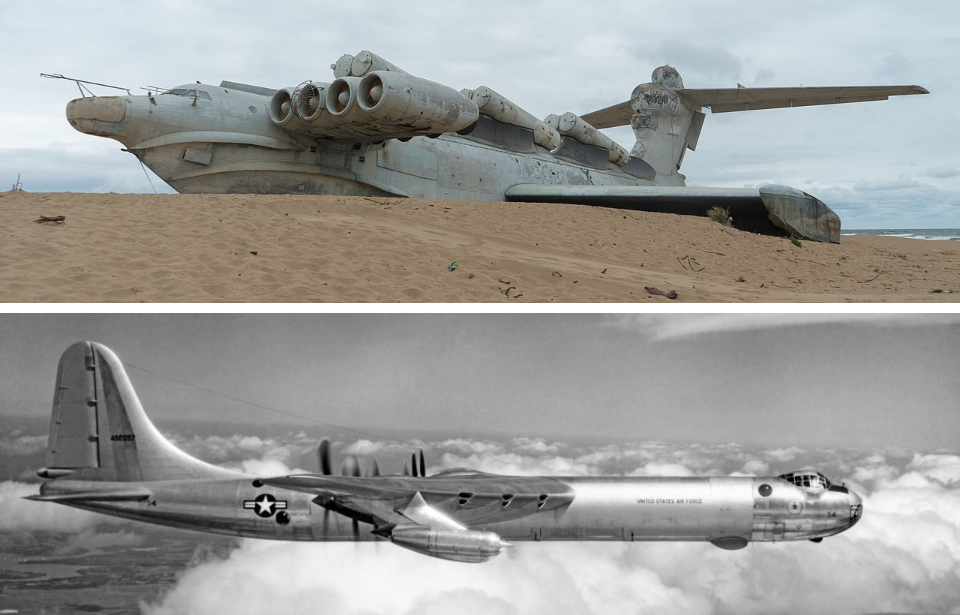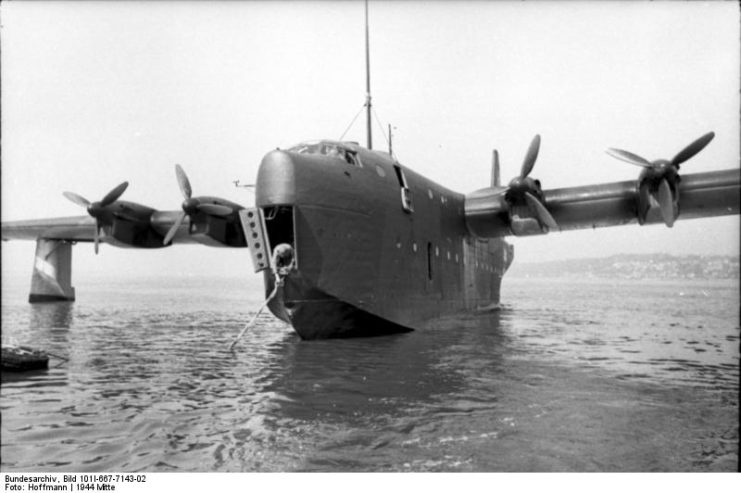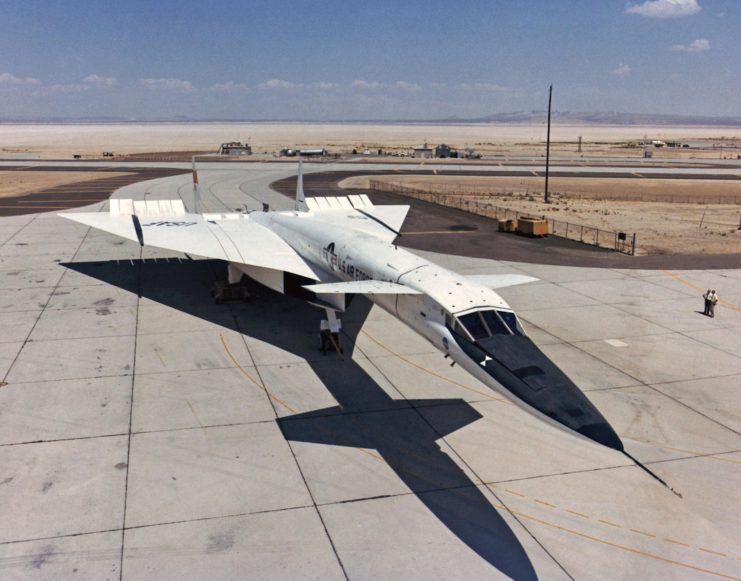Convair B-36 Peacemaker
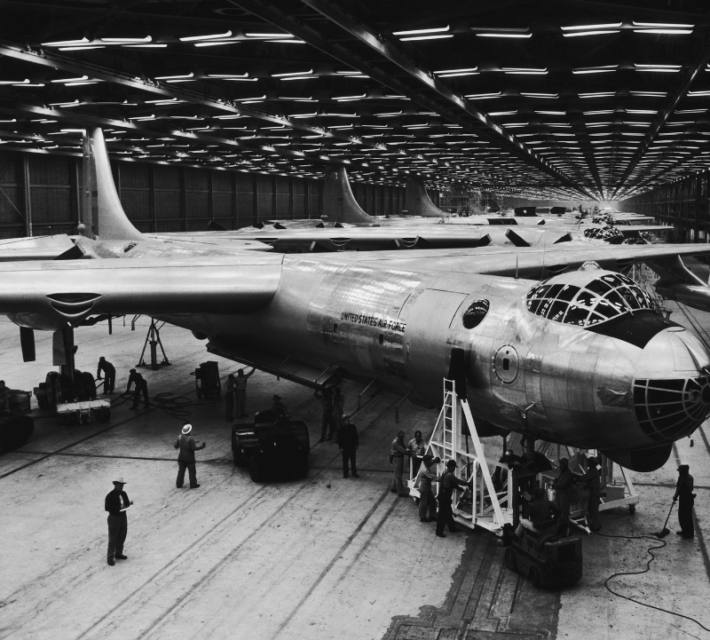
The Consolidated B-36 Peacemaker was an enormous aircraft that achieved many records. It holds the title of the largest mass-produced piston-engine plane ever created and boasts the longest wingspan of any combat aircraft, reaching an impressive 230 feet. Additionally, it was the first true intercontinental bomber and the first to carry nuclear weapons without needing any modifications.
To keep this 200-ton behemoth airborne, it relied on six Pratt & Whitney 28-cylinder radial engines, each producing about 3,800 horsepower. It was also fitted with four General Electric turbojet engines.
Despite its remarkable specifications, the B-36 had a relatively modest service history, only being active with the US Air Force from 1949-59.
MD-160 (‘Caspian Sea Monster’)
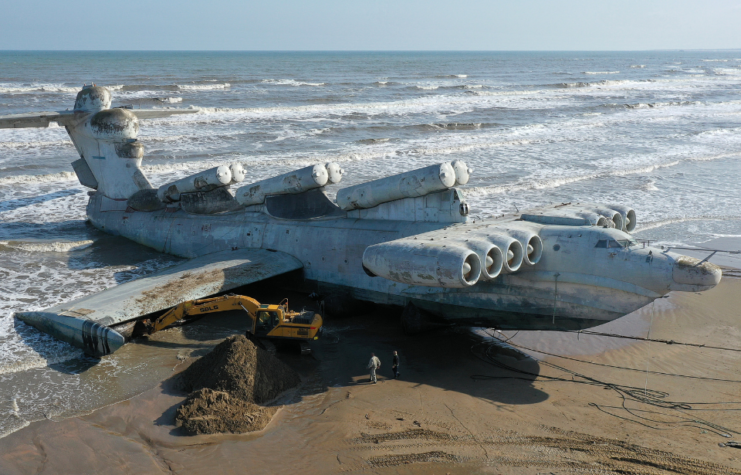
The MD-160, widely recognized as the Caspian Sea Monster, was the largest and heaviest aircraft from 1966 to 1988. This experimental Soviet hybrid of an aircraft and ship harnessed ground effect to transport equipment and cargo with remarkable efficiency. Weighing an immense 1.2 million pounds, it could reach speeds of up to 342 MPH while flying just one to five meters above the water’s surface.
The ekranoplan blended the cargo capacity of a ship with the speed of an aircraft. When American intelligence first encountered it in spy imagery, they were baffled by its design. By the time they understood its true function, it had already been retired and remaining unused until 2020.
Antonov AN-225 Mriya
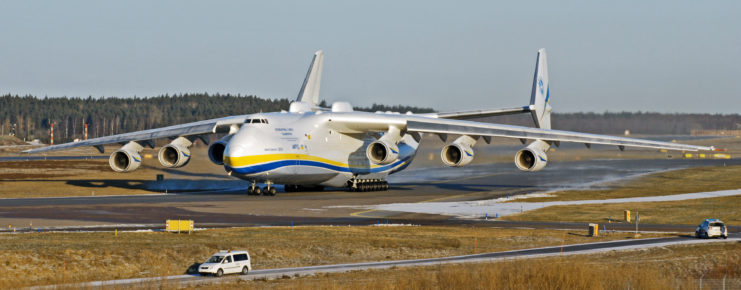
No list about incredibly large aircraft is complete without the Antonov An-225 Mriya. This absolute marvel of Soviet engineering is the largest and heaviest aircraft ever built, with a maximum takeoff weight of 700 tons and the capacity to carry approximately 250 tons of cargo – its cargo hold is so large that the first flight of the Wright brothers could have been performed entirely inside it.
The An-225 was developed as part of the Space Race and featured an impressive six Progress D-18T turbofan engines, which allowed it to transport the Buran space shuttle on its back. Two were ordered, but only a single unit was delivered. The Soviet Union’s collapse put an end to the Buran space program, meaning work on the second An-225 was halted.
The sole An-225 was placed in storage, where it remained for many years. However, the aircraft was destroyed during the Battle of Antonov Airport in February 2022, following the Russian invasion of Ukraine.
Hughes H-4 Hercules (‘Spruce Goose’)
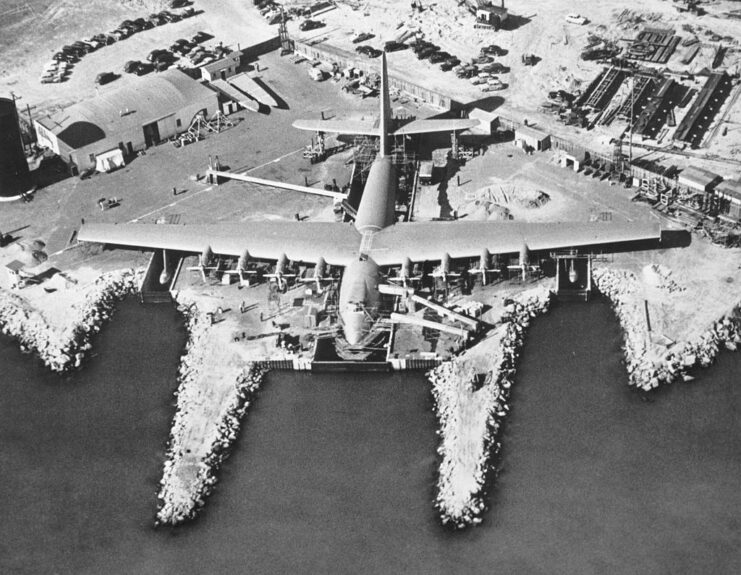
This huge flying boat was one of American billionaire Howard Hughes’ creations. The H-4 Hercules was made mostly from wood, earning it the moniker, “Spruce Goose.” It was designed as a cargo aircraft that could fly over the Atlantic during the Second World War, but its delayed development meant it wasn’t finished until 1947. The largest aircraft ever built at the time, it featured an over 320-foot wingspan and, overall, was 219 feet long.
Hughes had used government funding to develop the H-4 and was called to testify in front of a committee in 1947. To prove the funds weren’t wasted, he made a single one-mile-long flight, at a height of about 70 feet. After touching back down, he kept the aircraft in a climate-controlled hangar, where it was maintained by a secret team for the next 30 years.
More from us: The Soviet MiG-17 ‘Fresco’ Gave the North Vietnamese An Edge Against American Aircraft
Want to become a trivia master? Sign up for our War History Fact of the Day newsletter!
It only ever flew once.
